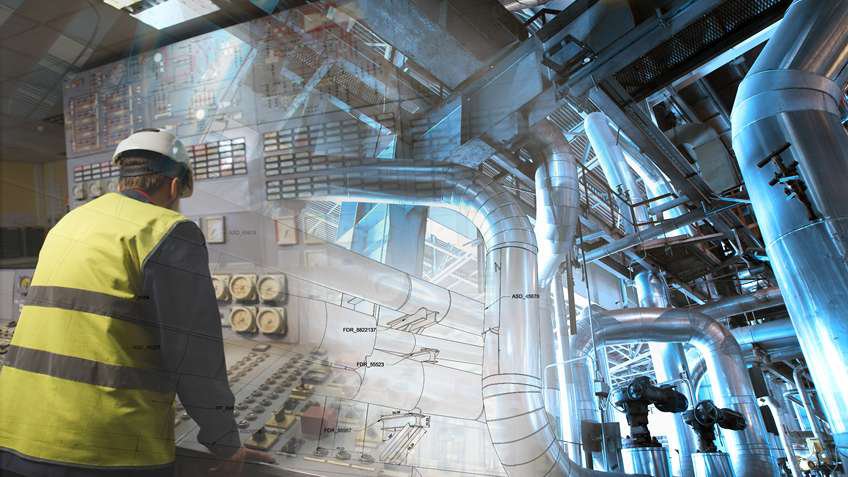Recommended For You
In our performance-driven world, few machine builders use machine safety to differentiate their machines from the competition. Instead, the focus tends to be on new technologies, faster speeds and smaller footprints.
This is no surprise given that industrial end users are constantly looking for new opportunities to do more with less. However, safety shouldn’t be ignored.
If anything, it should be given renewed attention as something that can add greater value to your products and serve as a competitive differentiator.
Machine designs that use best-in-class safety can deliver significant productivity gains to customers and help them comply with modern safety standards.
Such performance benefits can help you create products that rise above the competition and help cost-justify a higher value machine.
And because machines with best-in-class safety can achieve near-universal compliance, you can use them to create common designs and consolidate your product portfolio.
This can help you reduce design costs, reduce software and spare-parts requirements, and streamline startup and engineering efforts.
Near-universal compliance also allows you to market your offering anywhere in the world knowing it likely meets local compliance requirements.
It also helps protect you from a liability standpoint.
And you can meet the needs of large, multinational companies that use the world’s most demanding safety standards – specifically ISO 13849 and IEC 62061 – as the basis for their machine-safety program.
Before machine builders can deliver best-in-class safety to their customers in the form of global machines, however, they must first achieve it in their own operations.
The Three Cs of Best-in-Class Safety
The Aberdeen Group has found that top-performing companies – defined as the top 20 percent of aggregate performance scorers – do better than average performers in certain areas of both safety and productivity.
This includes achieving 5 to 7 percent higher OEE; having 2 to 4 percent less unscheduled downtime; and experiencing less than half the injury rate.
What’s more, top performers experience workplace incidents at a rate of 1 in 2,000 employees, compared to 1 in 111 employees for average performers.
Top performers have been found to share a common set of best practices that can be categorized into three core pillars – or the three Cs – of best-in-class safety:
Culture: A strong safety culture requires making safety a core value within your organization and a key part of your customer value proposition.
This means that every employee, from your CEO on down, must have a shared appreciation for safety and be unwilling to compromise it, either in the workplace or in products delivered to customers.
Your company must be able to communicate the value of safety to customers.
Compliance: A rigorous compliance process will not only help you meet the most stringent machine-safety standards but also help you maximize productivity.
A good practice is to follow the Functional Safety Lifecycle, which is defined in IEC 61508 and 62061. This can help verify your machine addresses the needs of the different workers who will come into contact with it.
Capital: Incorporating contemporary safety technologies and techniques into your machines can help you optimize both safety and productivity.
Integrated safety systems, for example, combine safety and control into one platform, and can give you insights into safety and productivity metrics.
Alternative measures, such as safe-speed monitoring, can replace lockout/tagout in certain instances to help reduce safety-related downtime.
Measure Your Safety Performance
By embracing the three Cs of safety to their fullest, you can bring best-in-class safety to your operations and those of your customers.
To help you see where you stand in each of the categories and determine how to drive improvements, Rockwell Automation developed the Safety Maturity Index™ for Machine Builders tool.
The tool is confidential and free to use for anyone. It consists of a series of questions that rank your organization on a scale of one to four in the areas of culture, compliance and capital.
You can use the results to spot any inconsistencies that might exist in your facilities and to see how your performance compares to industry peers.
The tool also gives you recommendations to help improve your performance in each category.
This can set you on a journey from moving beyond basic safety compliance to using best-in-class safety to enhance customer productivity and differentiate your machines in the marketplace.
Safety Maturity Index is a trademark of Rockwell Automation Inc.
Published July 7, 2017


